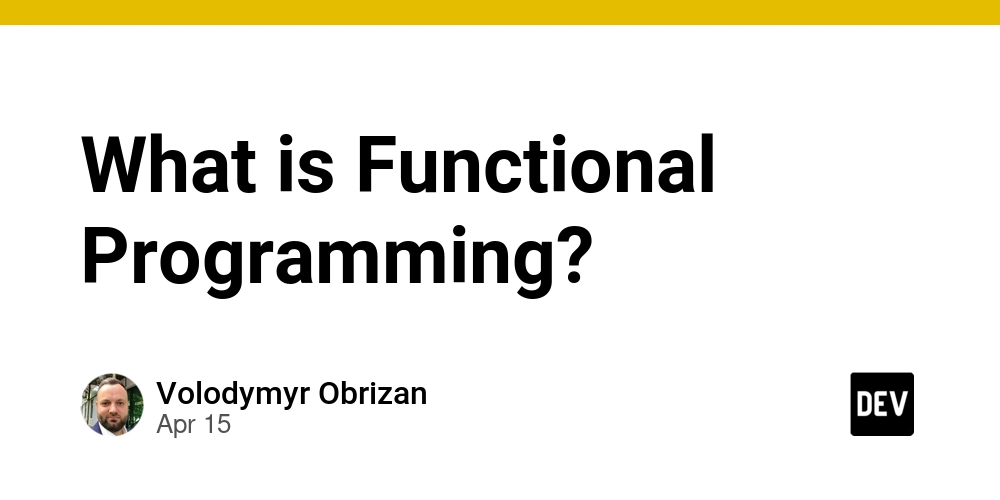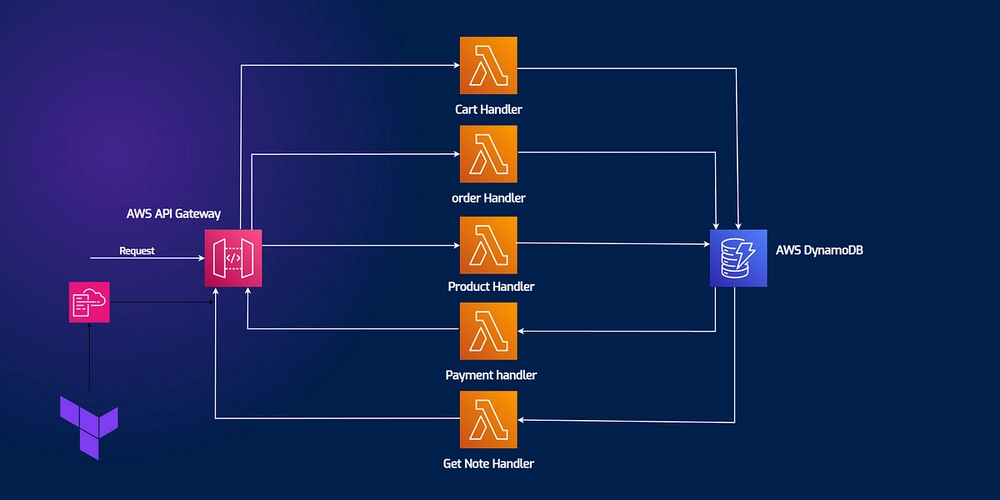What is Functional Programming?
Functional programming (FP) is a programming paradigm where computations are treated as the evaluation of mathematical functions rather than as a sequence of instructions that change state. At the heart of FP are pure functions, immutability of data, and the absence of side effects. This approach helps create code that is clear, predictable, and easy to test. Key Features of Functional Programming Pure Functions — A function always returns the same result for the same inputs and does not alter any external state. Immutability — Instead of modifying existing variables, new values are created. 3.First-Class Functions — Functions are treated as first-class citizens — they can be passed as arguments, returned from other functions, and assigned to variables. No Side Effects — Functions do not affect the external environment: no file writing, no global state changes, no console output. Recursion Instead of Loops — Recursion is often used instead of iterative constructs like for and while loops. Expression-Oriented Programming — Everything is an expression that returns a value, rather than just a sequence of instructions. Function Composition — Complex behavior is built by combining simple functions together. Where Is Functional Programming Used? Big Data Processing — Due to its suitability for parallel computation, FP is popular in big data tools like Apache Spark (Scala). Financial and Scientific Applications — Where precision, predictability, and mathematical rigor are essential. Web Services and APIs — Used in languages like JavaScript or Elixir to build scalable reactive systems. Software Testing and Verification FP simplifies unit testing due to the predictability of pure functions. Frontend Development — Libraries like React apply many functional programming concepts (e.g., pure components, immutable state). For my Ukrainian-speaking followers For anyone who wants to dive deeper into functional programming, I’ve translated the tutorial “Functional Programming in Python” (Функціональне програмування на Python) into Ukrainian, made the examples interactive, and added knowledge quizzes. It’s online and free.

Functional programming (FP) is a programming paradigm where computations are treated as the evaluation of mathematical functions rather than as a sequence of instructions that change state.
At the heart of FP are pure functions, immutability of data, and the absence of side effects. This approach helps create code that is clear, predictable, and easy to test.
Key Features of Functional Programming
- Pure Functions — A function always returns the same result for the same inputs and does not alter any external state.
- Immutability — Instead of modifying existing variables, new values are created. 3.First-Class Functions — Functions are treated as first-class citizens — they can be passed as arguments, returned from other functions, and assigned to variables.
- No Side Effects — Functions do not affect the external environment: no file writing, no global state changes, no console output.
- Recursion Instead of Loops — Recursion is often used instead of iterative constructs like for and while loops.
- Expression-Oriented Programming — Everything is an expression that returns a value, rather than just a sequence of instructions.
- Function Composition — Complex behavior is built by combining simple functions together.
Where Is Functional Programming Used?
- Big Data Processing — Due to its suitability for parallel computation, FP is popular in big data tools like Apache Spark (Scala).
- Financial and Scientific Applications — Where precision, predictability, and mathematical rigor are essential.
- Web Services and APIs — Used in languages like JavaScript or Elixir to build scalable reactive systems.
- Software Testing and Verification FP simplifies unit testing due to the predictability of pure functions.
- Frontend Development — Libraries like React apply many functional programming concepts (e.g., pure components, immutable state).
For my Ukrainian-speaking followers
For anyone who wants to dive deeper into functional programming, I’ve translated the tutorial “Functional Programming in Python” (Функціональне програмування на Python) into Ukrainian, made the examples interactive, and added knowledge quizzes. It’s online and free.









































































































































































![[The AI Show Episode 144]: ChatGPT’s New Memory, Shopify CEO’s Leaked “AI First” Memo, Google Cloud Next Releases, o3 and o4-mini Coming Soon & Llama 4’s Rocky Launch](https://www.marketingaiinstitute.com/hubfs/ep%20144%20cover.png)



























































































































![[DEALS] The All-in-One Microsoft Office Pro 2019 for Windows: Lifetime License + Windows 11 Pro Bundle (89% off) & Other Deals Up To 98% Off](https://www.javacodegeeks.com/wp-content/uploads/2012/12/jcg-logo.jpg)


















































































































































_Andreas_Prott_Alamy.jpg?width=1280&auto=webp&quality=80&disable=upscale#)

































































































![What features do you get with Gemini Advanced? [April 2025]](https://i0.wp.com/9to5google.com/wp-content/uploads/sites/4/2024/02/gemini-advanced-cover.jpg?resize=1200%2C628&quality=82&strip=all&ssl=1)











![Apple Shares Official Trailer for 'Long Way Home' Starring Ewan McGregor and Charley Boorman [Video]](https://www.iclarified.com/images/news/97069/97069/97069-640.jpg)
![Apple Watch Series 10 Back On Sale for $299! [Lowest Price Ever]](https://www.iclarified.com/images/news/96657/96657/96657-640.jpg)
![EU Postpones Apple App Store Fines Amid Tariff Negotiations [Report]](https://www.iclarified.com/images/news/97068/97068/97068-640.jpg)


































































































































